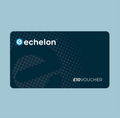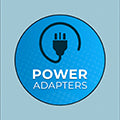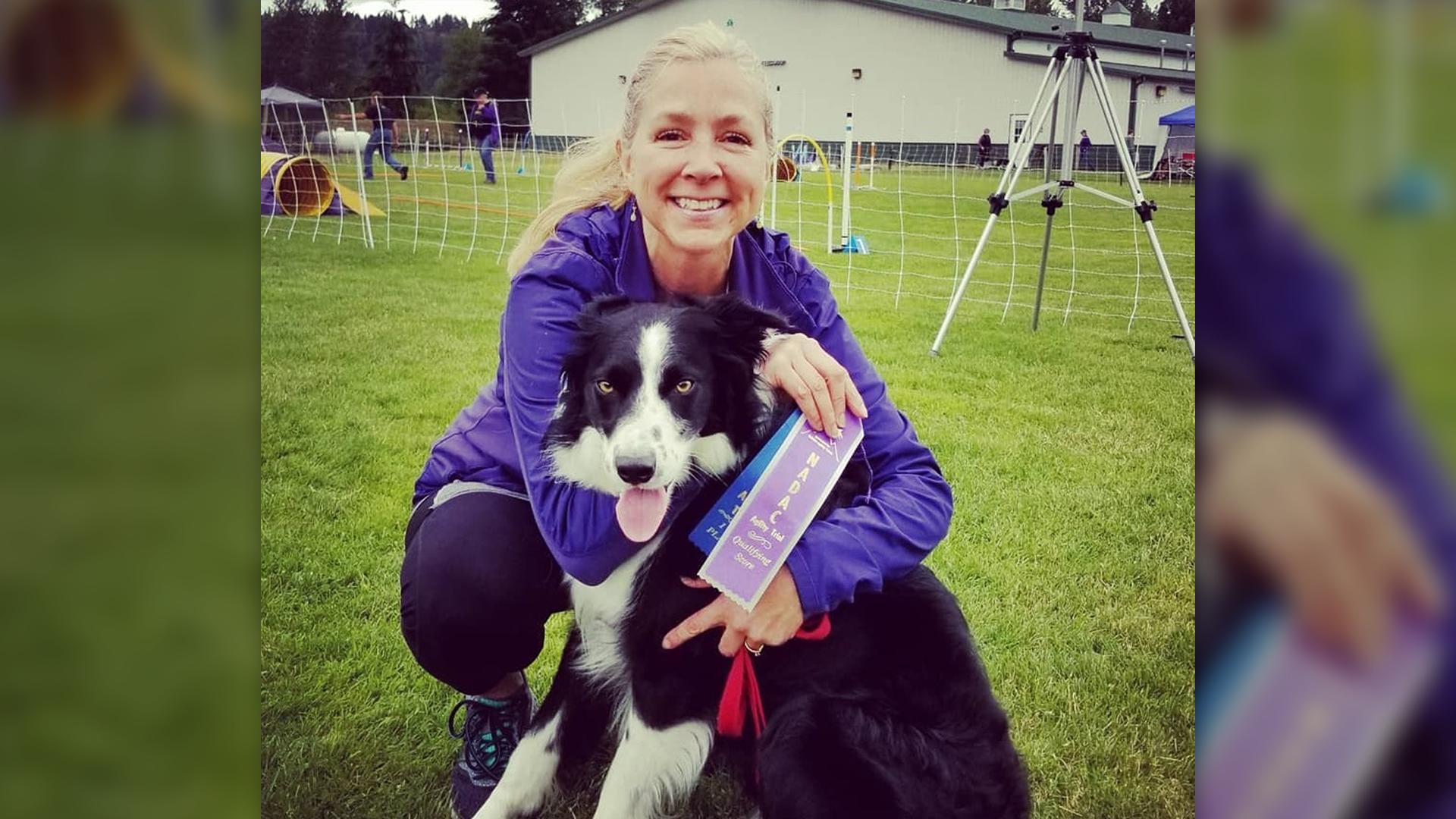Festive Deals Live Now! | Last order dates for guaranteed Christmas delivery Mainland UK 18th December at 2pm
-
Festive Deals
-
Equipment
-
Membership
-
Merchandise
-
30-Day Home Trial
-
Why Choose Us?
-
Your Safety Matters
-
News
-
Gift Vouchers
-
Echelon Commercial
-
Member Login
-
Store Login
Connect Rowers
Strength Training
Smart Fitness Mirror
Stair Climber
Festive Deals Live Now! | Last order dates for guaranteed Christmas delivery Mainland UK 18th December at 2pm
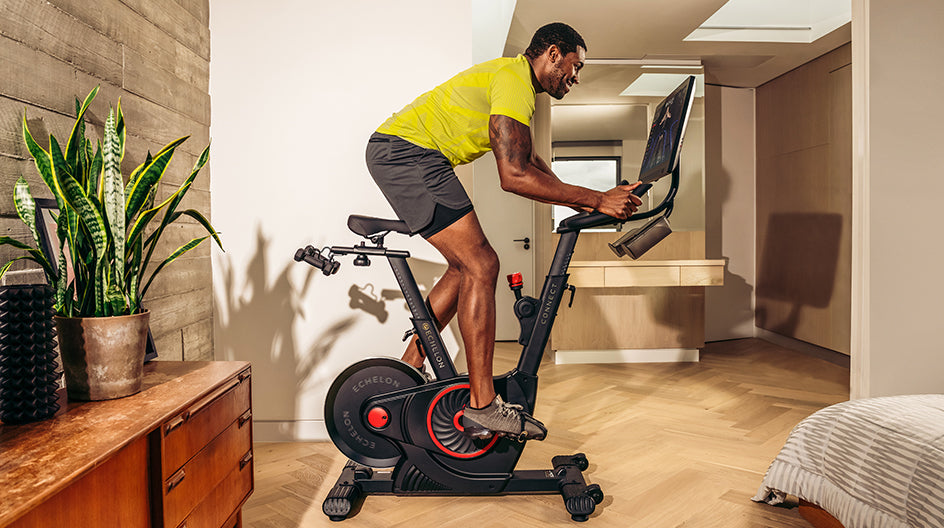
Smart Bikes
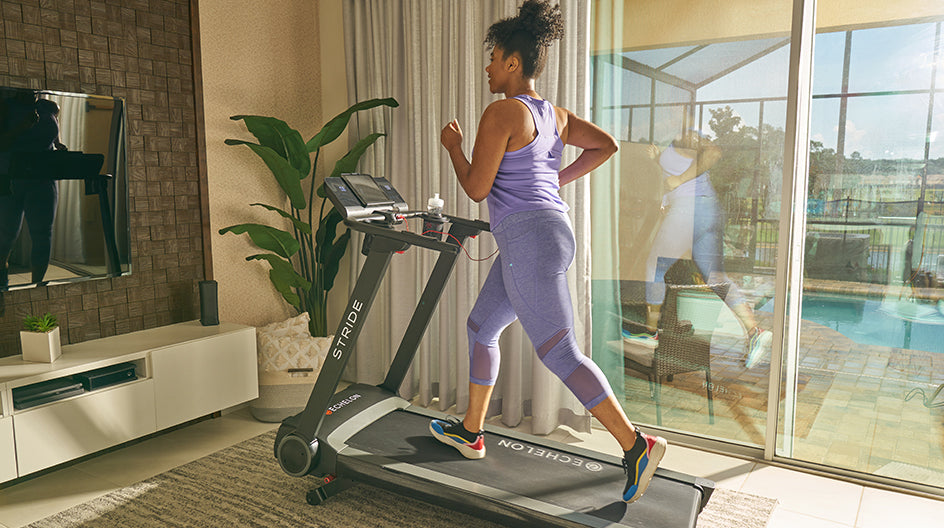
Smart Treadmills
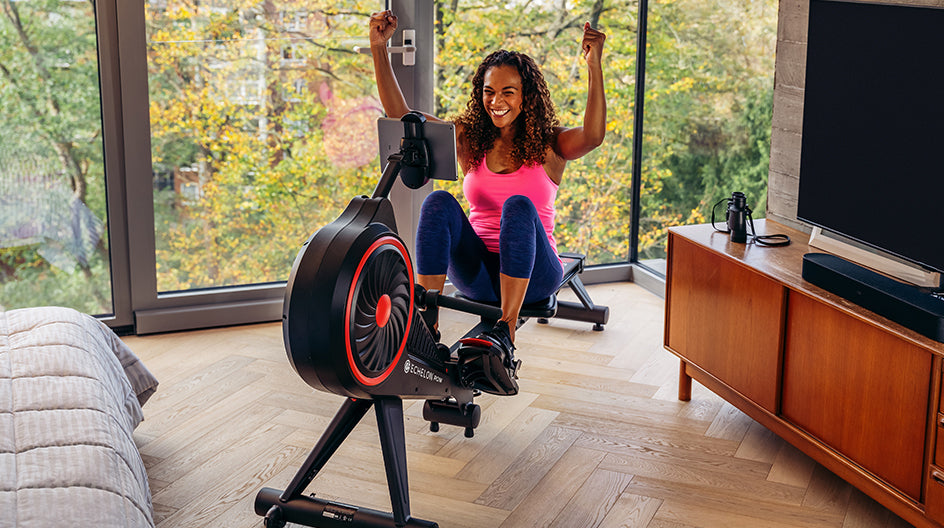
Smart Rowers

Stair Climber

Smart Fitness Mirror

Strength Home
NEW!

Exercise Bench
NEW!

Adjustable Dumbbells
NEW!
SMART HOME ROWERS
Why choose Echelon?REFLECT FITNESS MIRROR
Why Choose Echelon?Why Active Recovery Matters for Better Performance and a Healthier Lifestyle
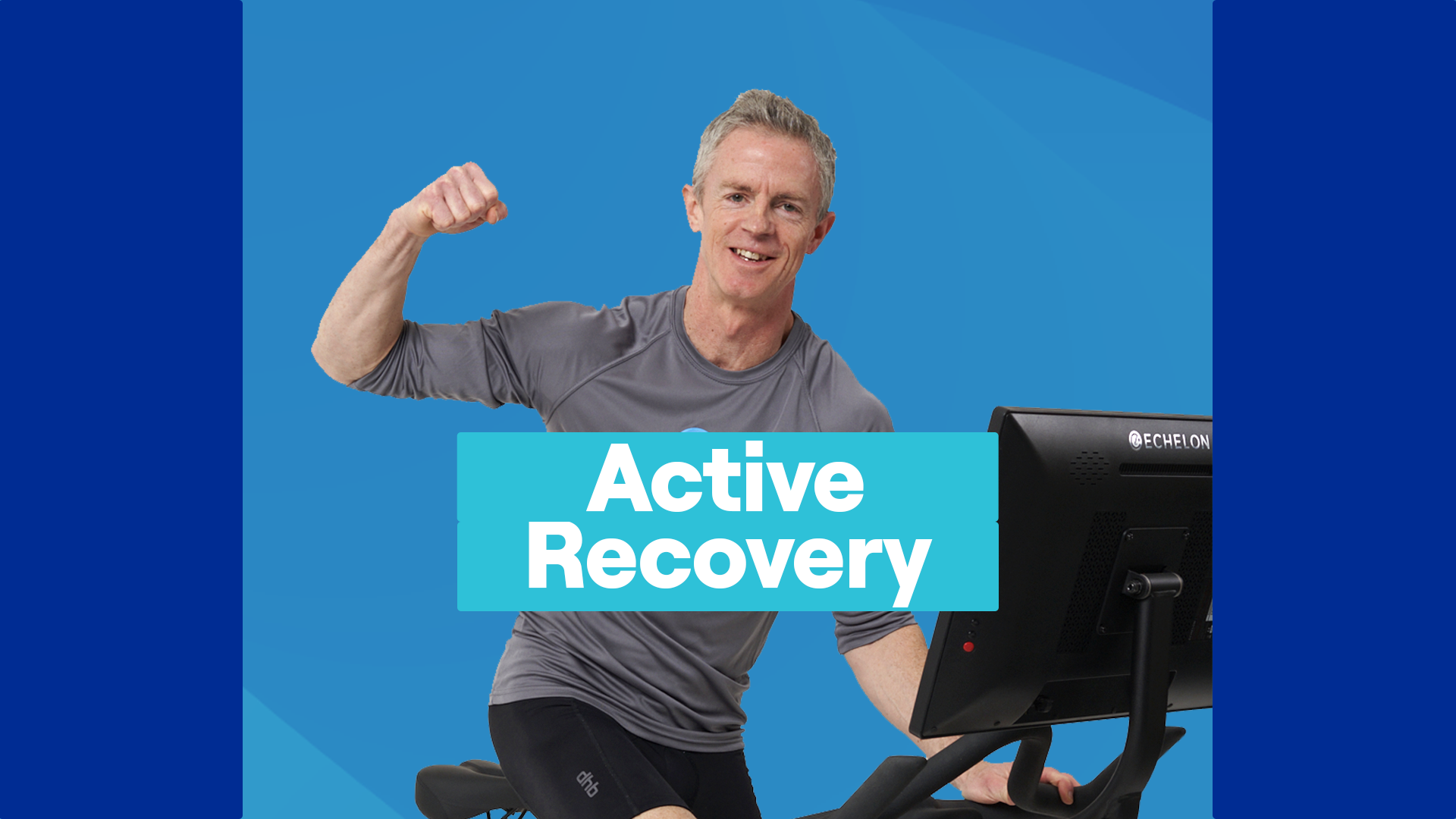
4 min read
When it comes to exercise, it's easy to get caught up in the idea that more is always better. But rest and recovery plays just as crucial a role in achieving your fitness goals as the effort you put in during your workouts. Active recovery is a game-changer for those looking to perform better and live a healthier lifestyle.
Echelon instructor Rowan told us more about active recovery, the benefits, and why it is important to his training.
Why Active Recovery Matters
Active recovery isn’t just about giving your muscles a break; it also promotes muscle repair, reduces soreness, prevents injuries in the long term, and improves overall performance.
Muscle Repair and Growth
Intense training breaks down muscle fibers, and recovery is crucial. Active recovery enhances blood flow, which helps transport nutrients to the muscles, aiding in repair and growth. By incorporating low-intensity exercises like walking or swimming into your routine, you’re giving your muscles a chance to rebuild stronger.
Reduced Muscle Soreness
We’ve all experienced that post-workout soreness after a hard session. A 2018 National Library of Medicine study found that gentle movement and active recovery promotes circulation, flushing out lactic acid and reducing muscle stiffness, leaving you feeling more comfortable and ready for your next workout.
Injury Prevention
Intense training without adequate recovery increases the risk of injury. Active recovery allows your muscles and joints to recover without completely resting them, which reduces strain and helps avoid overuse injuries. It's an effective way to maintain your training intensity while giving your body the rest it needs.
Improved Performance
Performance is about consistent effort, recovery, and progression. Active recovery enhances your body’s ability to recover quickly and more efficiently, which translates into better performance over time. When you rest properly, you're stronger, faster, and more efficient when it’s time to push yourself. You can stay consistent as you will be fresh for your next workout and you don’t have to skip a session due to soreness.
Mental Recovery
Recovery isn’t just about your body—it’s about your mind too. Consistent training can take a toll mentally, leaving you feeling burnt out. Active recovery helps you stay mentally sharp, offering a break from intense exercise while still keeping you moving. It sustains motivation and focus in the long term, and keeps things fun by adding in different forms of exercise.
We simply feel better and perform better with adequate rest, especially as we age. I have learned this!
Finding the Right Active Recovery Activities
The key to active recovery is engaging in low-intensity exercises that allow your body to heal while still staying active. The best activities will depend on your preferences, fitness level, and training intensity. Here are a few options:
Walking
It's simple, effective, and accessible. Walking at a gentle pace helps improve circulation without putting additional stress on your body. This can easily be weaved into daily activities, such as going for a gentle walk with a friend, walking to a shop instead of driving, and taking stairs instead of lifts and escalators.
Swimming
The buoyancy of water provides a great way to reduce impact while still engaging your muscles. It’s perfect for joint recovery and total body relaxation.
Easy Cycling
Easy cycling is another low-impact activity that can help maintain endurance and aid recovery. It’s easy on the joints while still providing a cardio benefit. We runEchelon classes of varying lengths and intensities to ensure you have a well-rounded routine.
Remember, the duration and type of active rest will vary from person to person. Some may need more recovery time, especially after intense training sessions, while others might only require light activity. It's important to listen to your body and adjust your recovery plan based on how you’re feeling.
Key Components of a Healthy Lifestyle
While active recovery is a key piece of the puzzle, it’s just one part of the bigger picture of maintaining a healthy and fit lifestyle. To perform at your best, be sure to incorporate the following:
Adequate Sleep
Sleep is when your body does most of its repair and regeneration. Make sure you’re getting enough rest each night to support muscle recovery and cognitive function.
Quality Nutrition
Fuel your body with nutrient-dense foods to aid in muscle repair, maintain energy levels, and support overall health. Eating a balanced diet full of lean proteins, healthy fats, and complex carbs will ensure your body has the resources it needs for both training and recovery.
A Low-Stress Lifestyle
Chronic stress can impair your body’s ability to recover. Finding ways to reduce stress, whether through mindfulness practices, yoga, or relaxation techniques, will help keep your body in a more balanced, recovery-friendly state.
Strength Training
Don’t neglect strength training in your routine! It’s vital for building muscle, increasing metabolic rate, and improving overall strength. When combined with active recovery, you can build muscle while minimizing the risk of injury.
Conclusion
Active recovery is not just for athletes; it’s a necessary part of any fitness plan that aims for long-term health, performance, and well-being. Whether it’s walking, swimming, or easy cycling, incorporating active rest into your routine will help you perform better, recover faster, and ultimately lead a healthier lifestyle.

Why Echelon is Different
See why we are the most affordable and best value at home fitness on the market.
Related Posts
Your Cart
There is currently no items in the cart.
See our best deals







